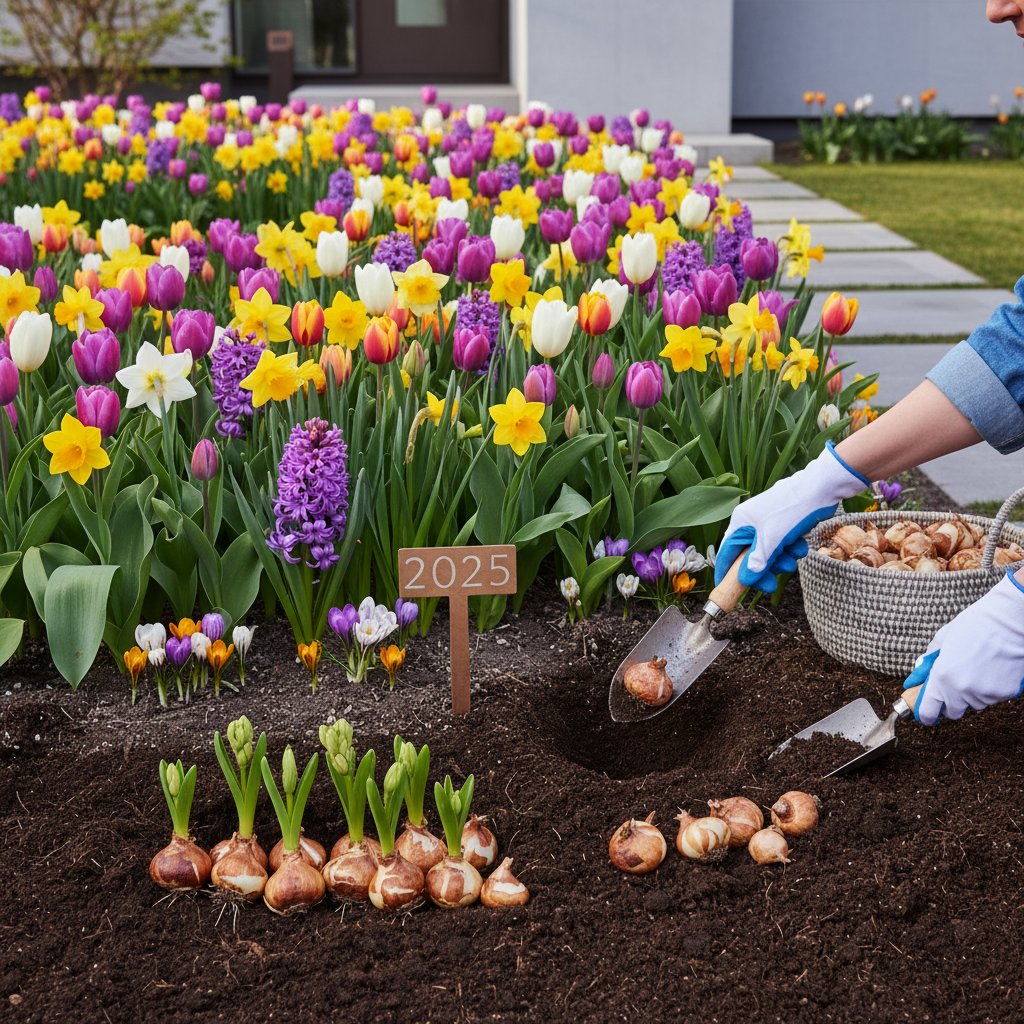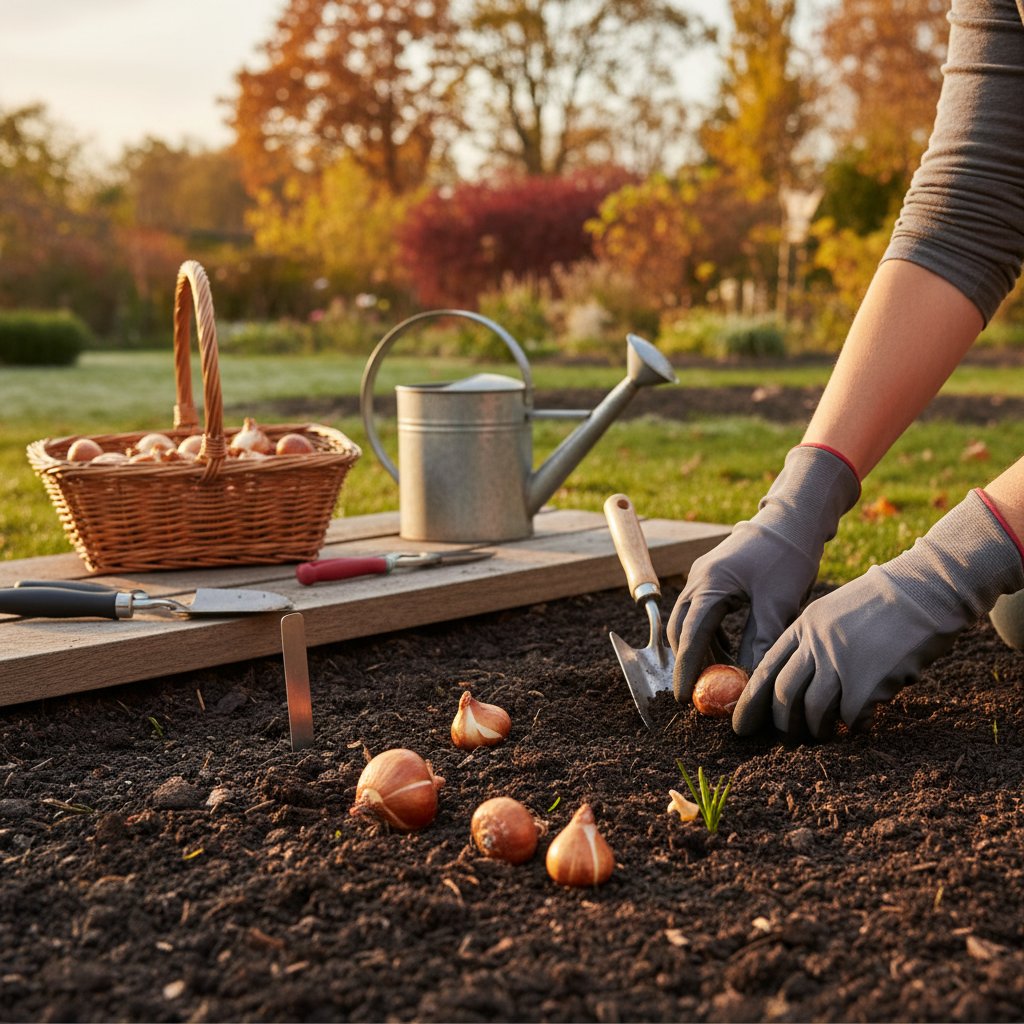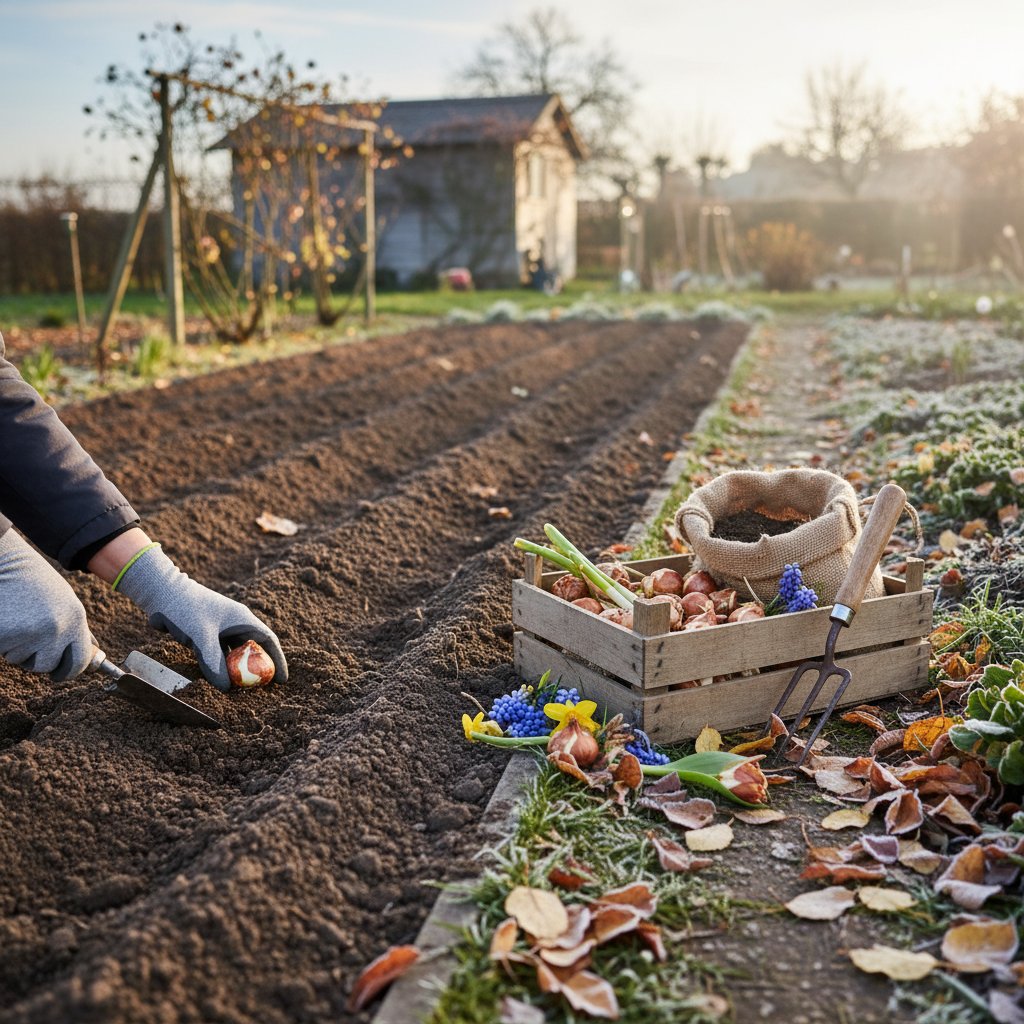Fall Bulb Planting Creates Effortless Spring Color
Planting bulbs in the fall sets the stage for a vibrant spring garden. These hardy plants emerge with minimal effort, delivering waves of color after winter dormancy. Gardeners appreciate the reliability of bulbs, which reward careful autumn preparation with seasons of beauty.
Selecting the right bulbs forms the foundation of success. Consider your climate zone and sunlight availability when choosing varieties. Popular options include tulips for bold hues, daffodils for cheerful yellows, and hyacinths for fragrant clusters.
Selecting the Best Bulbs for Your Garden
Evaluate bulb size and quality first. Larger bulbs, typically 2 inches or more in diameter, produce stronger stems and fuller blooms. Inspect for firmness and avoid any with soft spots or mold.
Match bulbs to your garden's conditions. In partial shade, opt for snowdrops or bluebells, which thrive without full sun. For sunny borders, crocuses and alliums offer early and late-season interest.
Think about bloom times to extend color. Early bloomers like grape hyacinths appear in March, while late varieties such as fritillaries peak in May. This staggered approach creates continuous displays.
Timing Your Planting
Plant bulbs after the first frost but before the ground freezes solid. In most regions, this window falls between mid-September and early November. Check local frost dates to pinpoint the ideal period.
Soil temperature should reach around 55 degrees Fahrenheit for root establishment. Planting too early risks rot from warm, wet soil; delaying too long hinders root growth before winter.
Prepare in advance if weather turns unpredictable. Store bulbs in a cool, dry place until conditions suit. This flexibility ensures optimal results.
Preparing the Soil
Test soil pH, aiming for 6.0 to 7.0, which most bulbs prefer. Amend acidic soil with lime and alkaline soil with sulfur as needed. Well-drained locations prevent waterlogging, a common cause of failure.
Loosen soil to a depth of 12 inches using a garden fork. Incorporate organic matter like compost to improve structure and fertility. Avoid fresh manure, which can burn roots.
For heavy clay soils, add sand or grit to enhance drainage. Raised beds work well in poor-draining areas, elevating bulbs above excess moisture.
Planting Techniques for Maximum Impact
Dig holes to three times the bulb's height. For example, plant tulip bulbs 6 to 8 inches deep. Space them according to size: small bulbs 2 to 3 inches apart, larger ones 4 to 6 inches.
Orient bulbs pointy end up to encourage straight growth. In rocky soil, adjust as necessary but maintain depth. Cover with soil and firm gently to eliminate air pockets.
Layering for Continuous Blooms
Layer bulbs in the same hole for year-round interest. Place late-blooming tulips at the bottom, 8 inches deep, followed by mid-season daffodils at 6 inches, and early crocuses just below the surface.
This method maximizes space in small gardens. Select compatible varieties that share similar needs. The result mimics natural woodland floors with successive flowering.
Water thoroughly after planting to settle soil. Mulch with 2 inches of bark or straw to insulate against temperature swings.
Aftercare and Maintenance
Water sparingly during winter if rainfall is low. Bulbs require moisture for root development but tolerate dry spells. Remove mulch in spring as growth emerges.
Deadhead spent flowers to redirect energy to bulbs. Allow foliage to yellow naturally before cutting back. This process nourishes next year's blooms.
Fertilize lightly in early spring with a balanced product. Avoid high-nitrogen formulas, which promote leaves over flowers. In mild climates, lift and divide overcrowded bulbs every few years.
Troubleshooting Common Issues
Yellowing leaves often signal poor drainage. Relocate to better soil or install drainage tiles. Pests like squirrels may dig up bulbs; use wire mesh or repellents to protect plantings.
Fewer blooms indicate depleted soil. Replenish with bulb-specific fertilizer annually. Rotate planting sites if diseases appear, such as basal rot from overwatering.
Extending the Display Beyond Spring
Incorporate perennials like hostas around bulb beds for summer filler. This combination hides dying foliage while adding texture. Companion planting with annuals fills gaps post-bloom.
Naturalize bulbs in lawns or under trees for a wild look. Mow around them carefully after foliage dies back. Over time, colonies expand, creating low-maintenance drifts.
Harvest bulbs for indoor forcing if desired. Select paper-white narcissus and chill them for 10 weeks before potting. Enjoy winter blooms with proper care.
The Rewards of Fall Planting
A well-planned bulb garden delivers joy from the first crocus to the last tulip. Effort invested in autumn yields effortless beauty in spring. Observe pollinators drawn to the nectar-rich flowers, enhancing biodiversity.
Document your layout for future reference. Adjust selections based on performance. Each season refines your approach, building a legacy of color.



